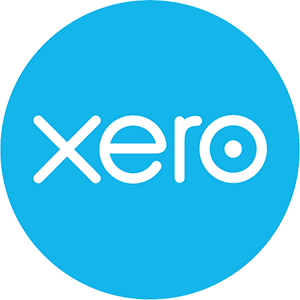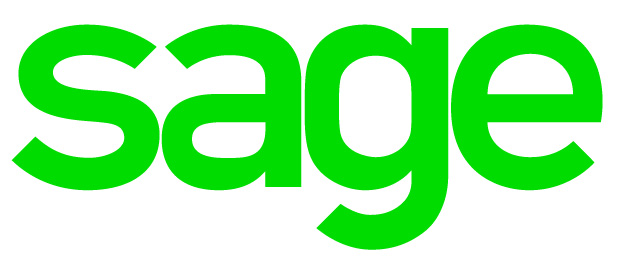Self-employed tax bills
Whether you pay income tax or National Insurance, the effect on your cash flow is the same. The payments are a necessary part of our obligation to fund the activities of State, but the self-employed are often surprised that their bi-annual tax payments cover both “taxes” – NIC and income tax.
The weekly NIC Class 2 contribution is included, presently £2.95 per week, also Class 4 contributions: these amount to 9% of taxable income in excess of £8,424 and up to £46,350, and 2% on earnings above £46,350.
Accordingly, the combined rate of State dues on self-employed earnings in excess of £8,424 is potentially 29% – 20% basic income plus 9% Class 4 NIC – and over £46,350 a combined rate of 42%. Although in practice some of the income over £8,424 may be covered by other personal tax allowances, these combined rates illustrate the true impact of income tax and National Insurance to be paid.
Self-employed traders with significant taxable earnings should therefore expect to pay more than the usual rates of income tax when they contemplate settlement of their annual self-assessment bill and have funds in reserve to meet these combined liabilities.
Latest News
- High risk and all eggs in one basket - April 25, 2024
- More corporate red tape - April 23, 2024
- New employment protections - April 18, 2024
- Opening up small company reporting - April 16, 2024
- Boost for small businesses - April 12, 2024
- A new acronym - April 9, 2024
- Tax Diary April/May 2024 - April 5, 2024
- Still time to register for the Marriage Allowance - April 5, 2024






